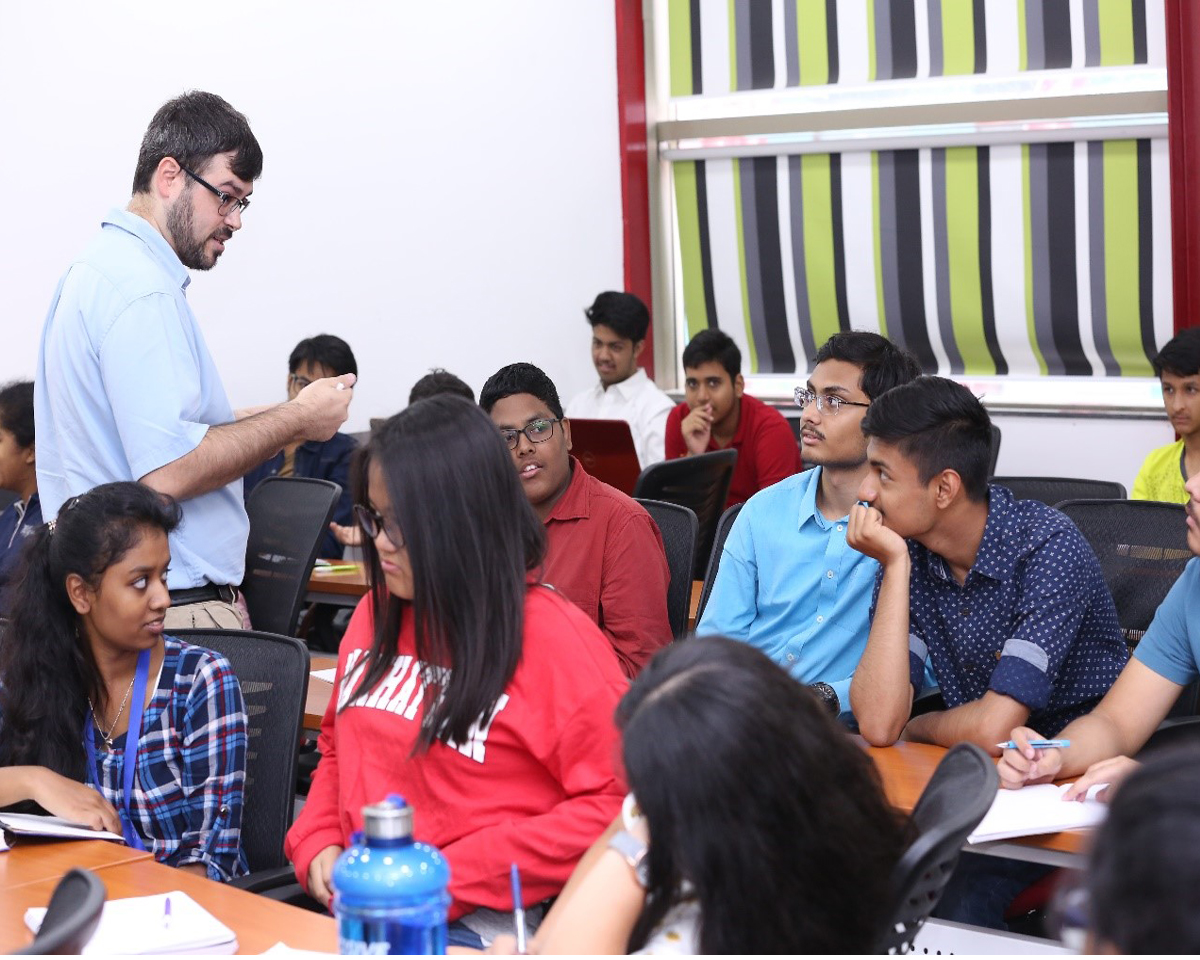

Curriculum
AISP curriculum offers an integrated learning experience that bridges the divide between theory and practice. The participants will go through multiple academic workshops, each led by a group of faculty members from different schools of JGU.
In each of these, they will not learn theories but delve deep into three real world case studies and look at each from multiple disciplinary lenses. Thus, the students will experience the complexity inherent in such cases and find ways to resolve the dilemmas professionals face while addressing these challenges.
Interdisciplinarity
The boundaries between disciplines that were sacrosanct not even a decade ago have now been transformed by a concerted thrust towards interdisciplinarity. The changing global climate requires professionals who are equipped to deal with this constant interaction between conventional areas of knowledge and expertise, and the needs of contemporary times.
The AISP curriculum is alive to this fact and each of the academic activity encourages students to develop a capacity for drawing on intellectual resources and skills from a variety of disciplines. Such interdisciplinarity is the backbone of AISP learning experience.
AISP Career Sessions
Participants will also get the chance to interact with exemplary role models from diverse domains to get a flair of the work profile and sector.
Collectively, the academic workshops and the career sessions will help students in their crucial transition from high school to higher education.

